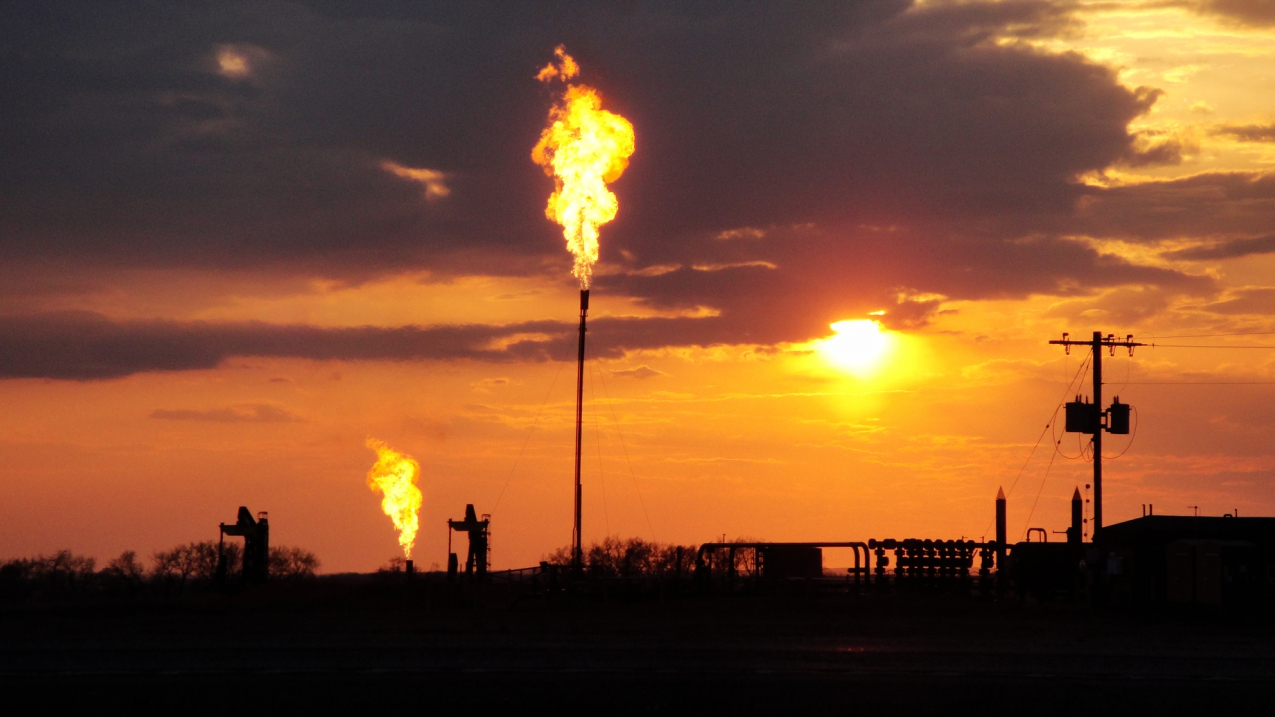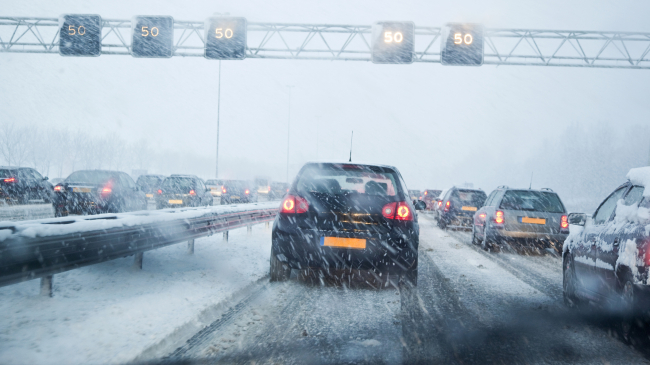Human activity has increased the direct warming effect of carbon dioxide in the atmosphere by 50 percent above pre-industrial levels during the past 25 years, according to NOAA's 10th Annual Greenhouse Gas Index.

Fossil fuel extraction in North Dakota's Bakken field in 2014. (Image credit: Jeff Peischl/CIRES/NOAA)
In 2015, the global average carbon dioxide (CO2) concentration reached 399 parts per million (ppm), increasing by a record amount of almost 3 ppm. From the end of the Ice Age to the beginning of the industrial era, atmospheric carbon dioxide remained remarkably stable at 278 ppm.
“We're dialing up Earth's thermostat in a way that will lock more heat into the ocean and atmosphere for thousands of years,” said Jim Butler, director of NOAA’s Global Monitoring Division.
Overall, emissions of all heat-trapping greenhouse gases have amplified the warming impact on the planet by more than one third since 1990, scientists at NOAA’s Global Monitoring Division report.
We're dialing up Earth's thermostat ...
—NOAA's Jim Butler
The Annual Greenhouse Gas Index is a measure of the annual change in the warming influence of greenhouse gases. It was developed by NOAA to help policymakers, educators and the public more clearly grasp how quickly this warming influence is increasing.
“Climate is driven by complex systems and our ability to predict future climate impacts comes from complex models,” Butler said. “This isn’t a model. These are precise and accurate measurements, and they tell us about how humans are changing the balance of heat in the Earth system.”
More takeaways from the report include:
- The warming impact of gases other than CO2 is equivalent to an additional 85 ppm of carbon dioxide. In other words, the atmosphere is warming as if it contained 21 percent more carbon dioxide than it does today.
- From 2014 to 2015, levels of the potent greenhouse gas methane increased substantially faster than from 2007 to 2013. Similarly, nitrous oxide levels, another greenhouse gas, have increased at faster rates recently.
- Chlorofluorocarbons, the ozone-eating refrigerants banned by the Montreal Protocol, are declining. However, atmospheric levels of two replacement chemicals are rising.
Learn more about NOAA’s Annual Greenhouse Gas Index.



